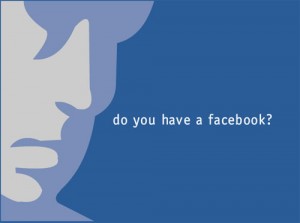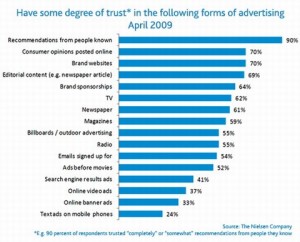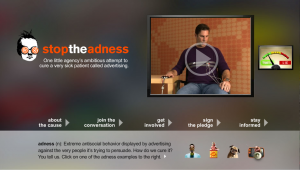If I remember correctly, I registered for a Facebook account in end 2006. Back then I had just a few friends to ‘poke’ and even fewer who commented on my status updates. We raced cars and bikes, fed our vampires and played a very 2D-looking Texas Hold Em’.
Fast forward 3 odd years or so, my online playground has mutated into a sort of an institution. You don’t just keep up with your friends’ updates, you keep yourself entertained. You don’t just join the discussion, you join sub communities. And you don’t just play what everyone’s playing, you play games that represent almost every niche possible.
The intuitiveness of the interface, the ease of use and the fact that pretty much everyone you know is on Facebook have attracted almost 6 million Malaysian users. And that figure is only said to grow with more and more Malaysians above the age of 30 begin to set up Facebook accounts.

Now, when there are 6 millions living, breathing, socializing, interacting, poking people under a neatly contained, active system; it doesn’t take long to attract marketers to sell their wares. Hence you see the mushrooming of Brand Facebook pages in the past year or so. This is supposedly to show that these brands have embraced the digital age and are in-tune with the digital natives.
The sole objective of these pages is to get as many ‘Fans’ or ‘Likes’ to justify the marketing money being poured into the effort. So if Brand A has more fans the Brand B, it’s an achievement – or so you’d think. Marketers tend to forget that the number of people who ‘Like’ their page are more than mere numbers. These are real people who either are consumers or have some kind of affinity towards the brand. And like most consumers, they have lots to say.
When we have a vocal group of people/consumers with the power to comment on a brands’ activities, all hell tend to break loose. Just visit a Facebook brand page and study the wall posts and comments. You are sure to find disgruntled, opinionated and sometimes verbally explicit customers who’ve left their mark. These Facebook brand pages have become a channel to voice concerns (acceptable enough) to a plain free-for-all, angry venting area (not ideal). The worst part, everyone can see these comments and it will be hard wired in the Facebook ecosystem until it begins appearing in Goggle searches (Bad, really bad).
Deleting unfavourable comments will only add to the fire with comments coming in spicier and in greater numbers. Try to respond to a delicate customer dissatisfaction comment is tricky as a brand’s every move is being watched. Ignore a negative comment and you lose the respect of the community you’ve painstakingly built.
Facebook brand pages are now starting to put brands in a spot. While the ‘you can’t satisfy everyone’ adage holds true in a less social environment, Facebook pages has put the power into consumers’ hands. One disgruntled consumer can wreak havoc and invite a barrage of other consumers to share the limelight. Do this: wrong. Do that: wrong. Don’t do anything: wrong!
How do I know all these? I manage quite a few Facebook brand pages, so believe me, I know. And maybe in the next post I’ll reveal some pointers on how to manage Facebook brand pages. In the meantime, I have to deploy some evasive manoeuvres to counter another freaking, useless, totally effed up comment!



